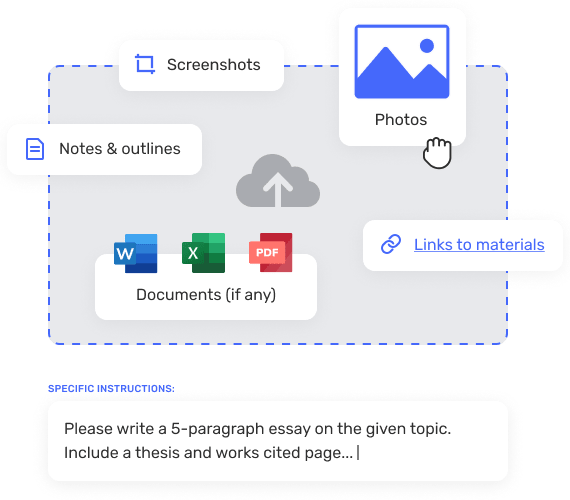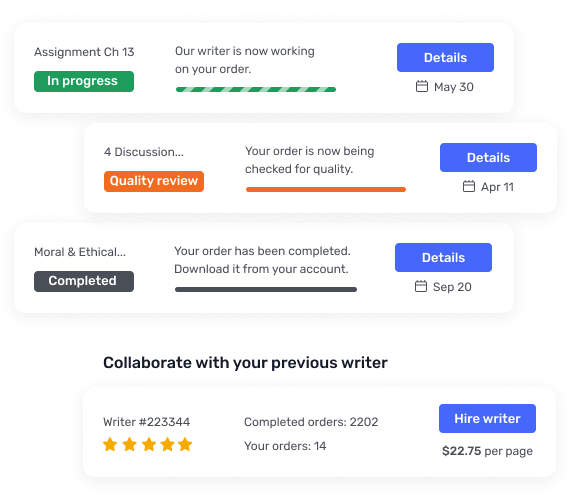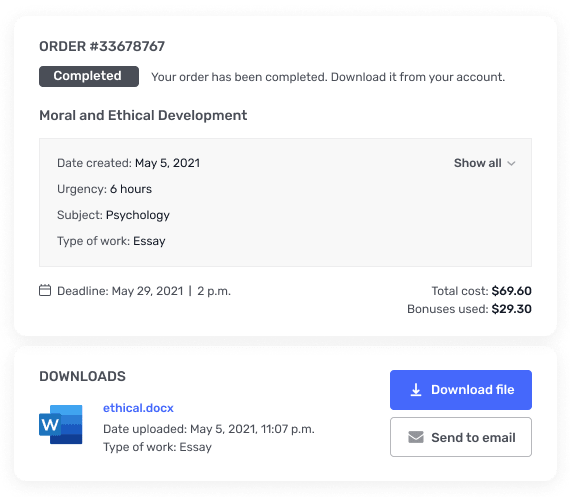Devry ACCT305 midterm exam 2016
Grade Details – All Questions
Question 1. Question
: Property, plant, and equipment
and intangible assets are
long-term revenue-producing assets.
created by the normal operation of the
business and include accounts receivable.
all assets except cash and cash equivalents.
Question 2. Question
: (TCO 3) Our company exchanged
land and cash of $5,000 for similar land. The book value and the fair value of
the land were $90,000 and $100,000, respectively. Assuming the exchange lacks commercial
substance, which amount is correct?
Debit Land-old $90,000
Credit Land-old $90,000
Debit Land-old $95,000
Credit Land-old $95,000
Question 3. Question
: (TCO 2) The exclusive right to
benefit from a creative work, such as a film, is a
patent.
copyright.
trademark.
franchise.
Question 4. Question
: (TCO 4) The overriding principle
for all depreciation methods is that the method must be
systematic and rational.
conservative and economic.
consistent and conservative.
significant and material.
Question 5. Question
: (TCO 4) On September 30, 2013,
our company purchased a machine for $100,000. The estimated service life is 10
years, with a $10,000 residual value. Our company records partial-year
depreciation based on the number of months in service. Depreciation for 2013,
using double-declining balance, would be
$20,000.
$5,000.
$18,000.
$4,500.
Question 6. Question
: (TCO 4) A change from the
straight-line method to the sum-of-years’-digits method of depreciation is
handled as
a retrospective change back to the date of
acquisition as though the current estimated life had been used all along.
a prospective change from the current year
through the remainder of its useful life.
a cumulative adjustment to income in the
current year for the difference in depreciation under the new versus old useful
life estimate.
None of the above
Question 7. Question
: (TCO 5) Fair value and
appreciation of the investee are not as relevant for investments in which of
the following categories?
Securities reported under the equity method
Held-to-maturity securities
Trading securities
Securities available-for-sale
Question 8. Question
: (TCO 5) Consolidated financial
statements are prepared when one company has
accounted for the investment using the equity
method.
control over another company.
accounted for the investment as securities
available-for-sale.
None of the above
Question 9. Question
: (TCO 4) Interest is not
capitalized for
inventories routinely and repetitively
produced in large quantities.
assets that are constructed as discrete
projects for sale or lease.
assets constructed for a company’s own use.
None of the above
Question 10. Question
: (TCO 2) Goodwill is
amortized over the greater of its estimated
life or 40 years.
amortized over 20 years.
amortized over 70 years.
not amortized.
Question 11. Question
: (TCO 4) Depreciation,
depletion, and amortization
all generally utilize the same methods of cost
allocation.
are all handled the same in arriving at
taxable income.
all refer to the process of allocating the
cost of long-term assets used in the business over future periods.
All of the above
Question 12. Question
: (TCO 5) Which of the following
types of securities only includes debt securities?
Securities available-for-sale
Held-to-maturity securities
Trading securities
Consolidated securities
Question 13. Question
: (TCO 1) The capitalized cost
of equipment excludes
sales tax.
shipping.
insurance for the first year.
installation.
Question 14. Question
: (TCO 3) When selling property,
plant, and equipment for cash
the seller recognizes a gain or loss for the
difference between the cash received and the fair value of the asset sold.
the seller recognizes losses but not gains.
the seller recognizes a gain or loss for the
difference between the cash received and the book value of the asset sold.
None of the above
Question 15. Question
: (TCO 2) Research and
development (R & D) costs
may be expensed or capitalized, at the option
of the reporting entity.
must be capitalized and amortized.
generally pertain to activities that occur
prior to the start of production.
None of the above
Question 16. Question
: (TCO 4) The depreciable base
for an asset is
its service life.
the excess of its cost over residual value.
the difference between its replacement value
and cost.
the amount allowable under MACRS.
Question 17. Question
: (TCO 5) Trading securities are
most commonly found with
oil companies.
manufacturing companies.
banks.
foreign subsidiaries.
Question 18. Question
: (TCO 5) All investments in
debt and equity securities that don’t fit the definitions of the other
reporting categories are classified as
trading securities.
held-to-maturity securities.
securities available-for-sale.
consolidated securities.
Question 19. Question
: (TCO 5) If Company 1 exercises
significant influence over Company 2 and owns 38% of its common stock, then
Company 1
would record dividends received from Company 2
as investment revenue.
would increase its investment account when
Company 2 declares dividends.
would record 38% of the net income of Company
2 as investment income each year.
All of the above
Question 20. Question
: (TCO 2) Please explain how
software development costs are treated. How is this different from other types
of R & D?
Question 21. Question
: (TCO 4) How is a change in
depreciation method accounted for?
Question 22. Question
: (TCO 1) What are the costs
that are included in the purchase of equipment? What costs would be excluded?




